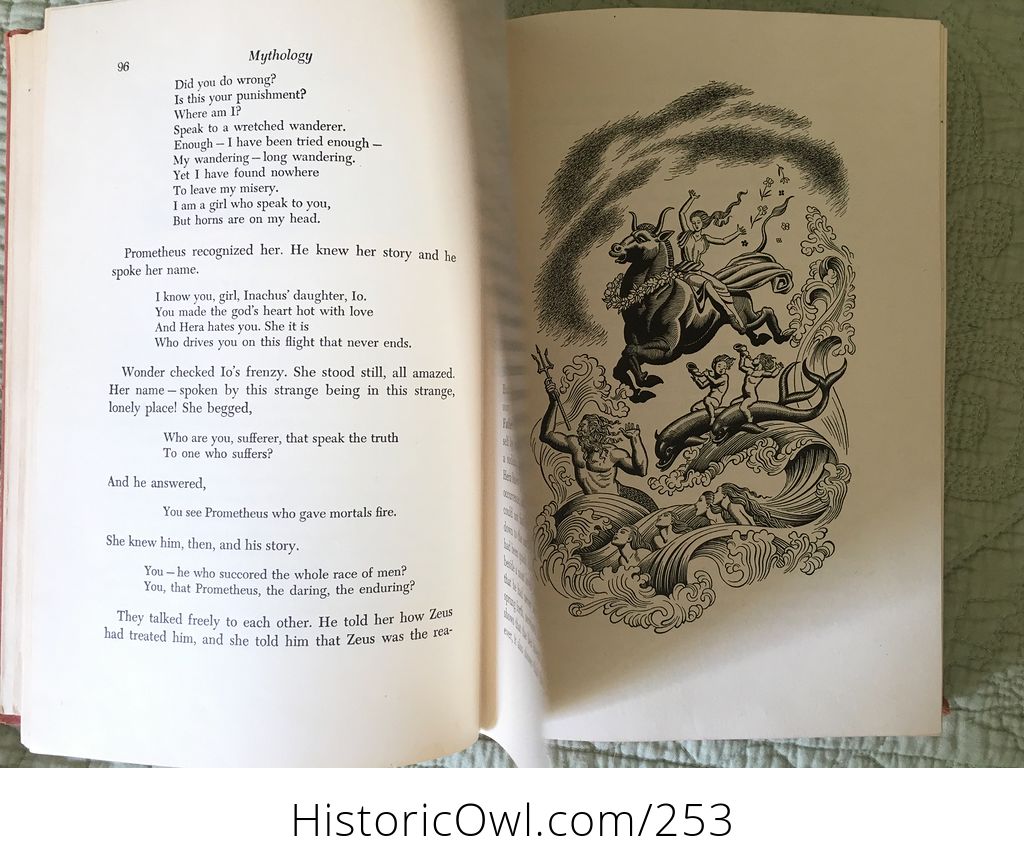

In Part 2, “Stories of Love and Adventure,” Hamilton retells nine myths about love and five about adventure. The section concludes with a series of myths about pre-Trojan war heroes that provide origin stories around geography and flowers. She offers her view on which gods were most important, based on her interpretation of source material and her beliefs about the human imagination. Drawing on a broad range of ancient sources, she covers how Greek and Roman ancients represent the cosmos’s creation, who their gods were, what each oversaw, and when, why, and by whom humanity was created. Part 1, “The Gods, the Creation, and the Earliest Heroes,” presents the cosmology of the ancient Greeks and Romans, beginning with Chaos (which means “chasm” in ancient Greek), the birth of the Titans, and their eventual overthrow by Zeus and the Olympians. For example, she combines elements from Homer’s eighth-century BC Iliad and Odyssey and Virgil’s first-century BC Aeneid to retell myths around the Trojan war. In practice, however, she selects plot points scattered across ancient sources composed across hundreds of years and within discrete contexts to create unified narratives for individual myths.

For this reason, she claims, it is not possible to unite the tales into a single narrative. Noting that her sources were composed across 1,200 years, Hamilton describes early sources as simplistic and pious against later ones that were urbane and enlightened.

In her Preface and Introduction, Hamilton lays out her intention to offer readers both information about the myths and insight into the minds and imaginations of those who composed them.

This guide refers to the 2012 Little, Brown and Company Kindle edition.Ĭontent Warning: This book includes descriptions of sexual violence, family violence, bigoted language, suicidal ideation, incest, kidnapping, and death.


 0 kommentar(er)
0 kommentar(er)
